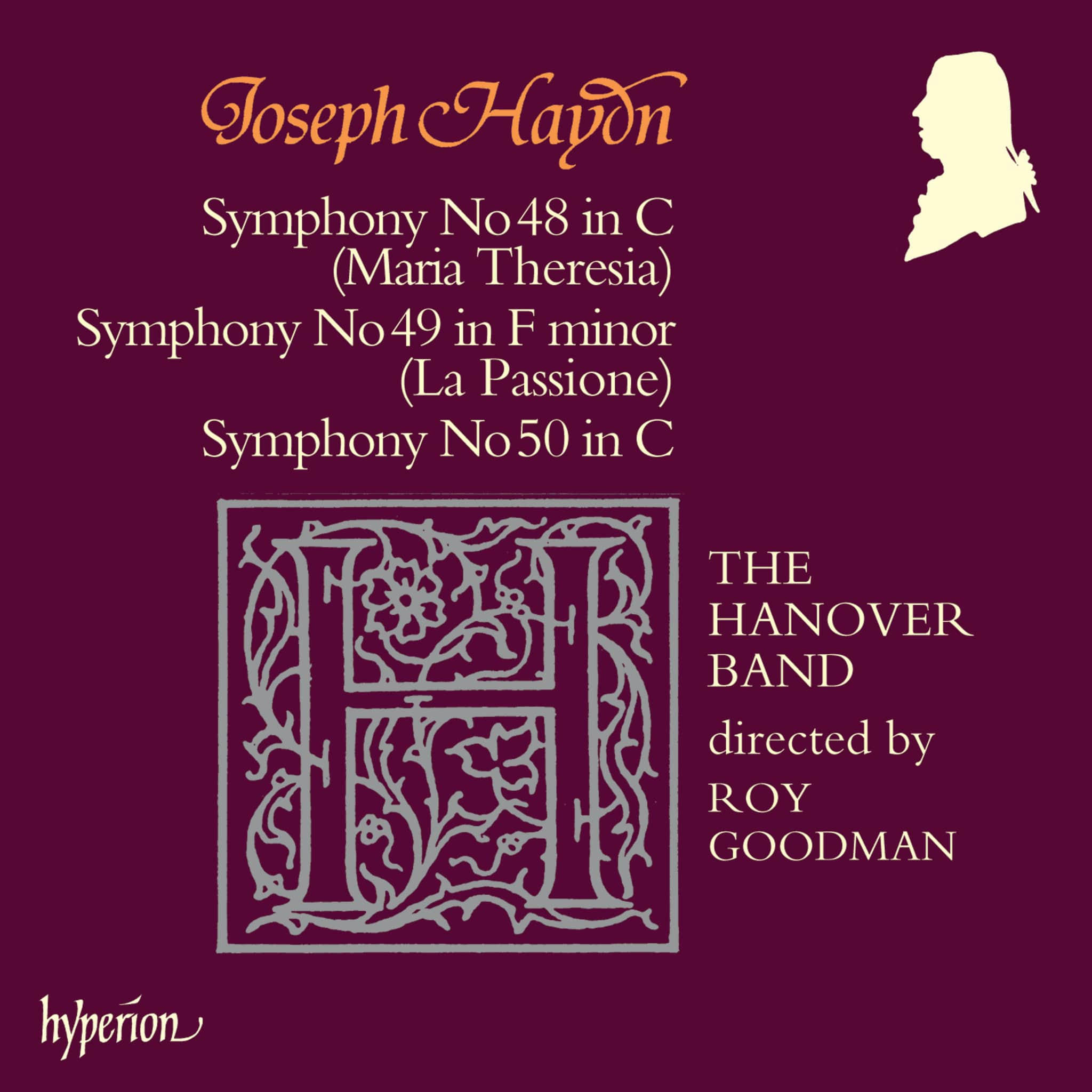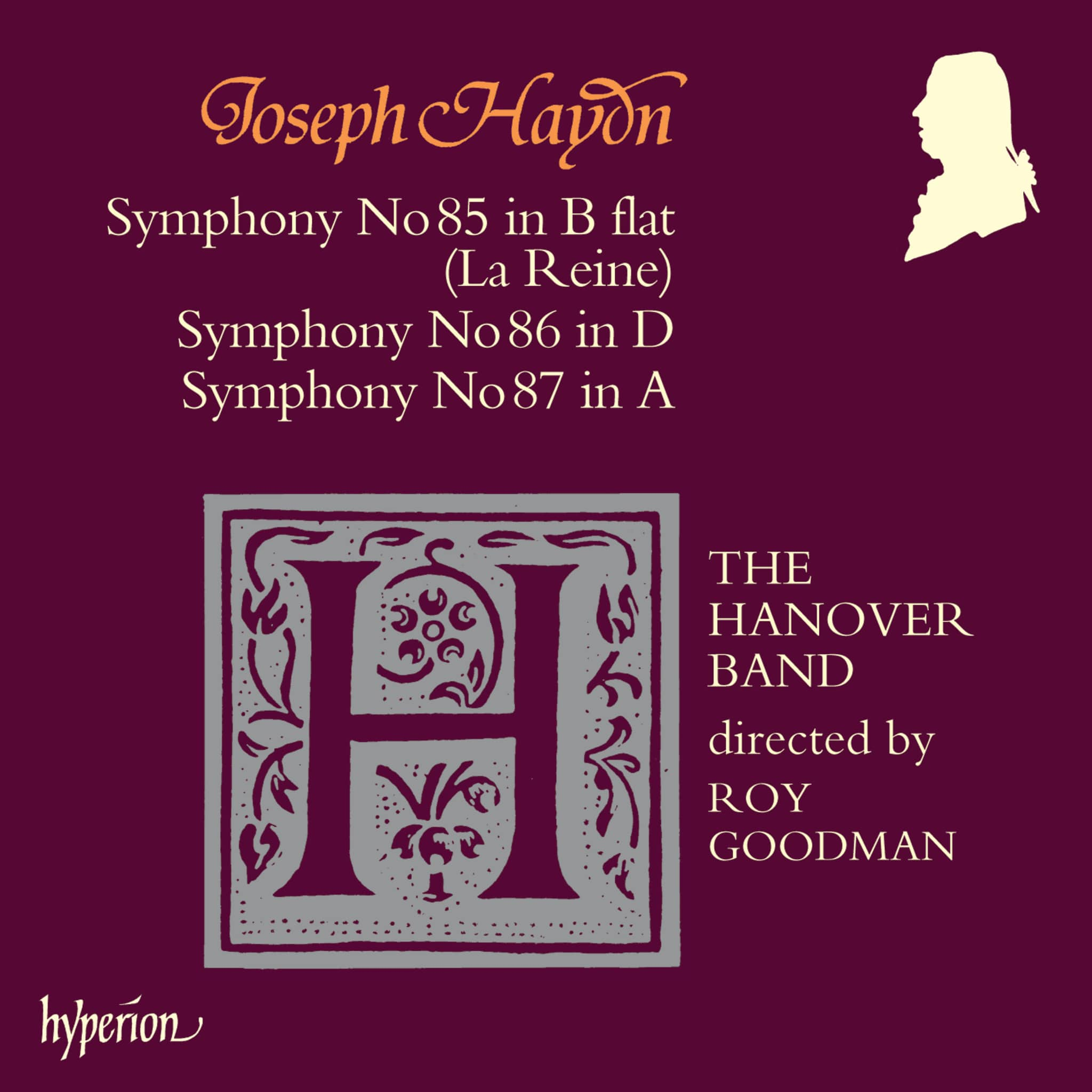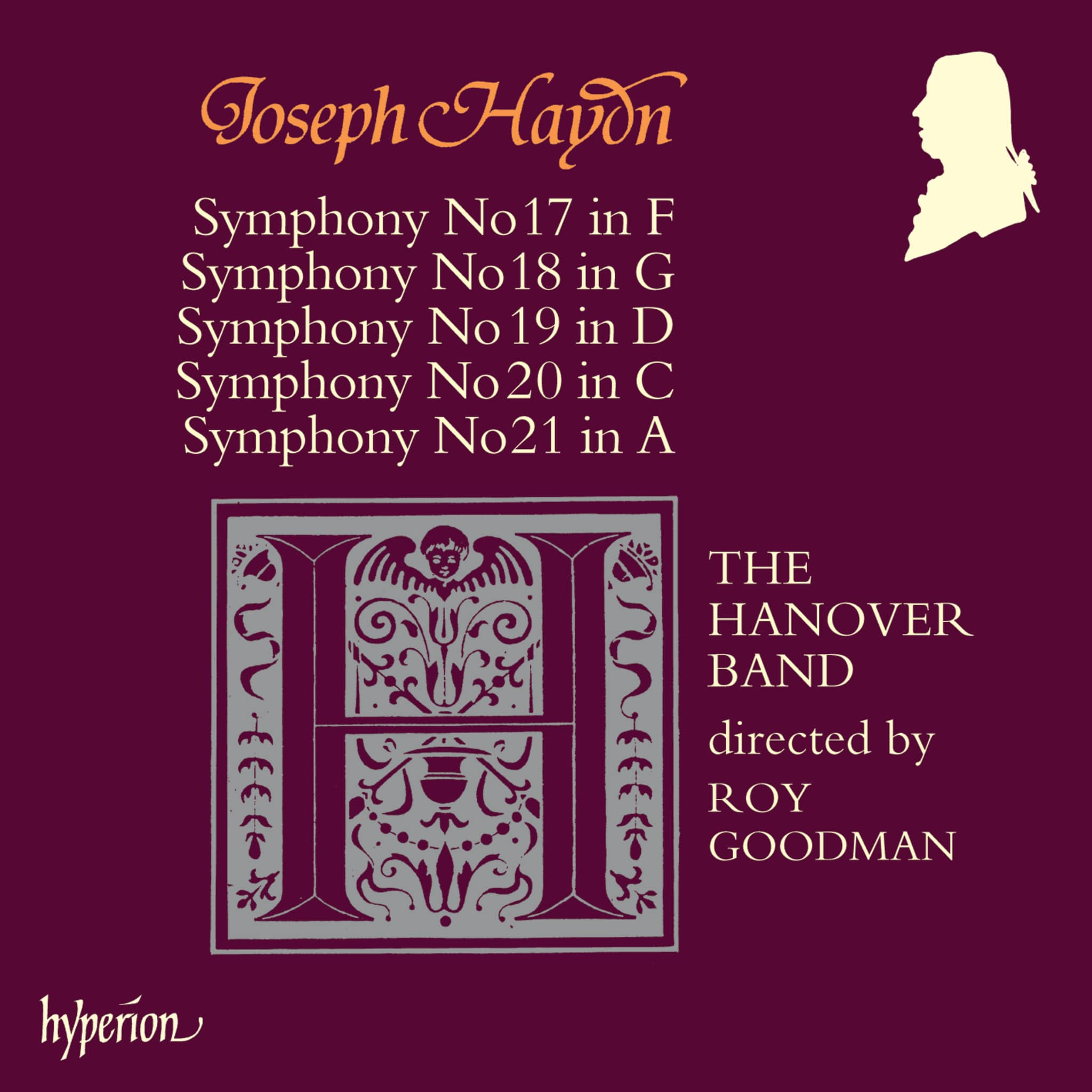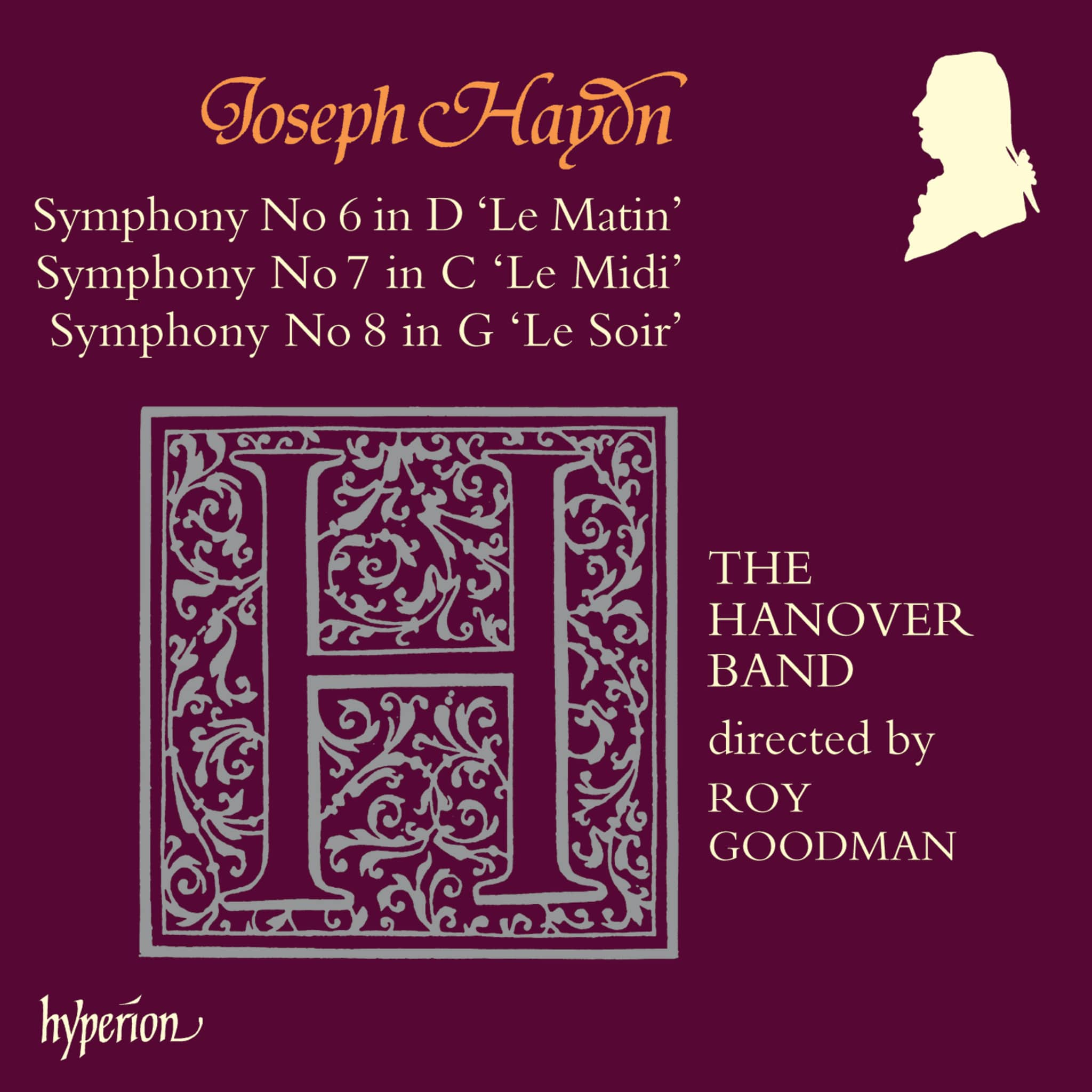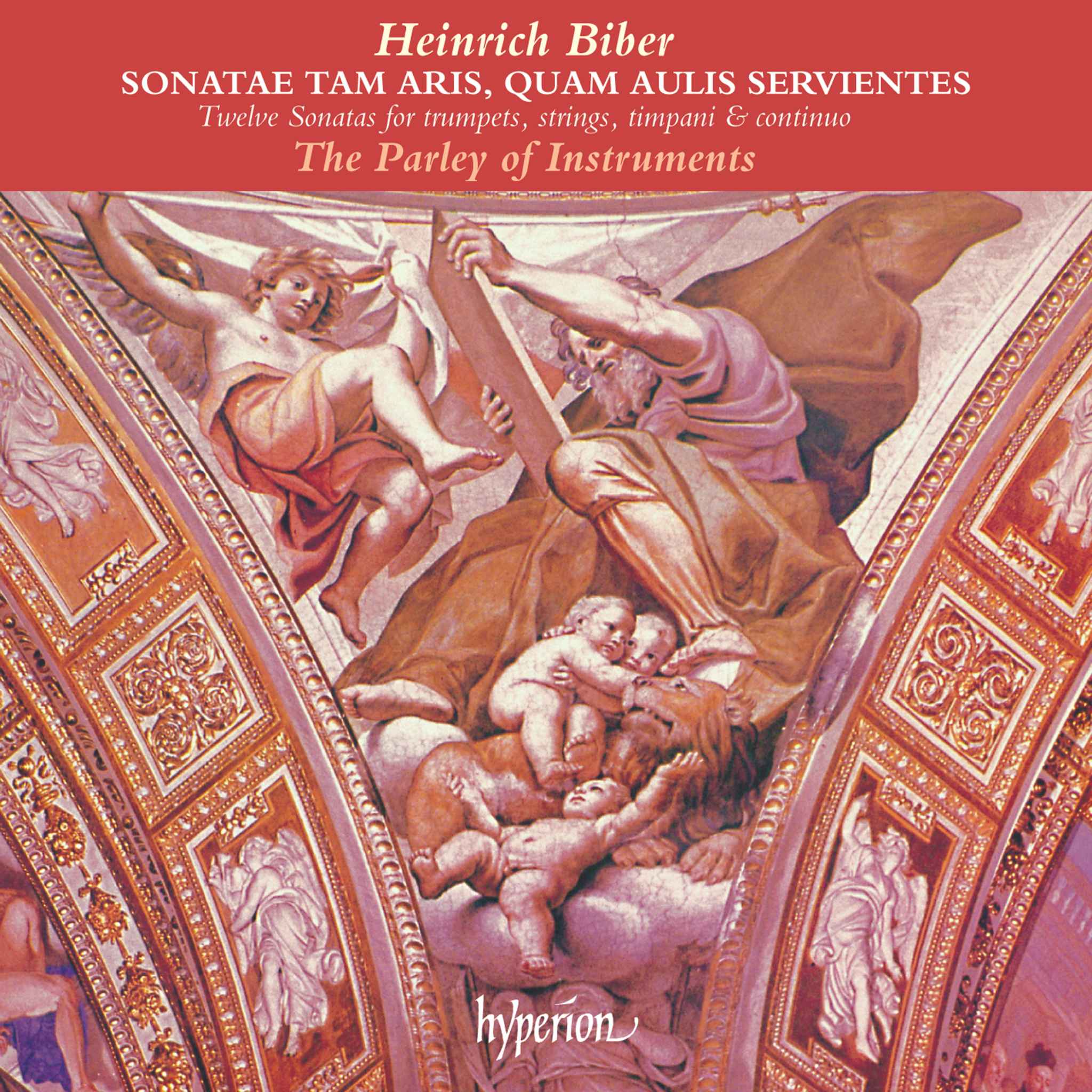Album insights
Just before Dvorák's departure to America in 1892, a concert was held in his honor at the Prague Theater. The printed program praised Dvorák's compositions for their unique Czech and Slavic essence. It highlighted how the natural simplicity and Slavic character in his music captivate listeners effortlessly. However, the author omitted the challenges Dvorák faced in balancing his heritage with the Viennese musical mainstream. Questions arose about whether his music should be published with Czech or German titles and how much he should align his composition techniques with Brahms. Brahms played a pivotal role in Dvorák's career start, recommending him for Austrian State Scholarships and advising his publisher to accept some of Dvorák's early works. After receiving the scholarships, Dvorák rapidly produced several significant works showcasing his exceptional talent, including Symphony No. 5 in F major, String Quintet in G major, and more.
In Dvorák's Piano Trio in B major, the composer's struggles with translating his melodic creativity into larger chamber music works are evident. Despite these challenges, his unique musical identity prevails in the piece. The serene, arched theme at the beginning, with fluctuating harmonies between major and related minor keys, is unmistakably Dvorák's style. A sudden burst of energy transforms the introduction into a downward arpeggio figure, leading to a fully developed, melodious section. This initial melody, brimming with folk music elements, dominates the rest of the movement alongside the second main theme, characterized by gentle, repetitive musical phrases. The development section revisits the arched melody and arpeggio transformation, building tension towards two climactic points. The movement culminates in a powerful coda, ending delicately and enchantingly.

